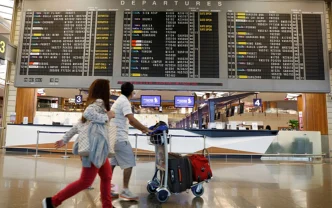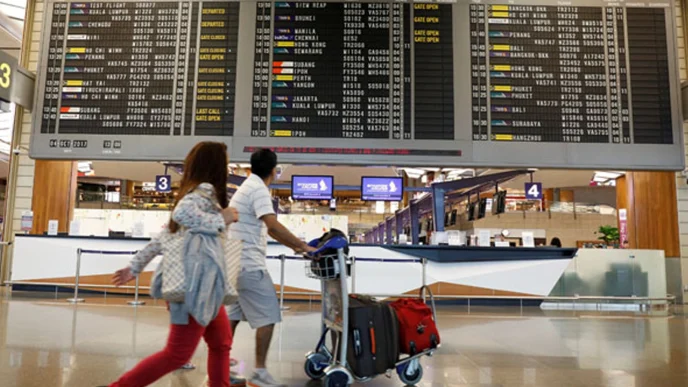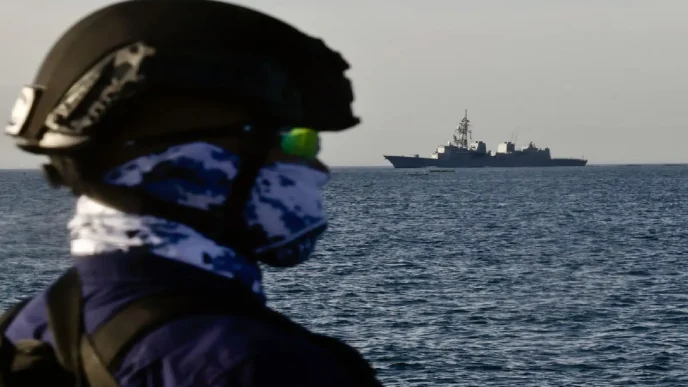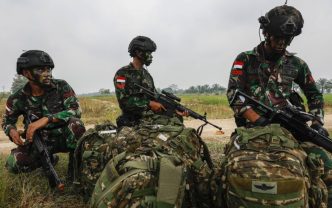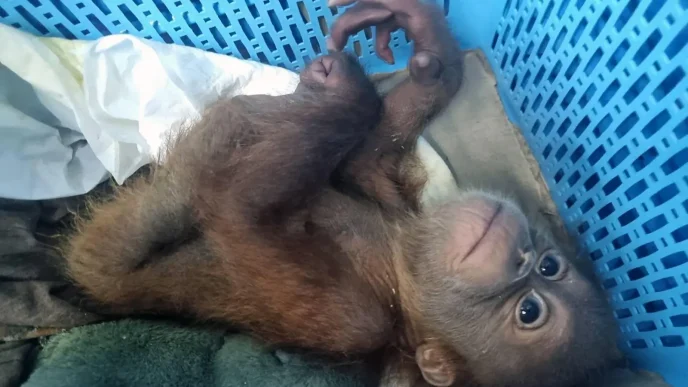The strike happened during a purported truce between the junta and guerrilla fighters. (AFP pic)
TABAYIN: Ko Min said he found his son and daughter’s bodies in the ruins of a schoolhouse in central Myanmar, moments after a deadly air strike that witnesses said came as a military jet circled the village.
“One had no face and one’s body was cut. They were cuddling their books,” the 43 year old told AFP, speaking under a pseudonym.
“My heart is broken. I value my children more than my own life.”
The Monday morning air strike on the village of Oe Htein Kwin in Myanmar’s Sagaing region killed 20 students and two teachers, according to a school staff member, a local administrator, and other witnesses.
It occurred during a purported truce – to ease aid after March’s devastating magnitude-7.7 quake – between the junta, which seized power in 2021, and guerrilla fighters.
The junta denounced reports of the air strike as “fabricated news”.
But, the aquamarine school building – where just under 300 pupils were enrolled – was shattered with the hallmarks of a blast as villagers roamed the site on Monday afternoon and Tuesday.
The corrugated roof was blown away with holes punched in the brickwork, an abandoned ball under pockmarked walls smeared with what appeared to be blood.
An exercise book lay open, showing geometry notes. Colourful unclaimed bags, some stuffed with blood-stained books, had been piled outside under a pole flying a Myanmar flag.
The community buried the victims on the same day as the air strike, scooping earth out of the hard-packed ground.
Over shrouded bodies, the children’s finest clothing had been draped on, and families wailed before onlookers covered the dead in earth with their bare hands.
“The children are innocent. They cannot even hold their pen or pencils firmly,” said Ko Min. “Why do they attack these children?”
Myanmar’s exiled self-declared “National Unity Government” said the youngest victim was seven years old.
Myanmar has been riven by civil war since the military deposed the civilian leadership in 2021, with the junta suffering stinging losses to a myriad of anti-coup guerrillas and long-active ethnic armed groups.
Conflict monitors say the junta has turned to increasing air strikes with Russian-supplied jets as it struggles to fend off its opponents on the ground.
The military had pledged a ceasefire throughout May “to continue the rebuilding and rehabilitation process” after the March 28 quake that killed nearly 3,800 people.
But, around 100km northwest of the epicentre, a 22 year old volunteer teacher said the hush of his classroom was shattered on Monday by the airstrike, which locals said hit around 10am.
“It became dark immediately like night. We could not see each other,” said the teacher. “We could not breathe because of the smell of gunpowder.”
He carried a wounded pupil away to safety but turned back to see another girl in shock running from the blast, holding her own severed hand.
“That gave me goosebumps,” he said. “She wasn’t even crying.”
His fellow teacher said the jet had struck after circling above as children played outside, in the area which is beyond the control of junta troops.
Locals and officials said dozens more children were also wounded, some in critical condition.
“These schoolchildren are the next generation of our country,” said a 41 year old local administration official.
“If these schoolchildren are killed, our country’s future is also killed.”
Rushing to the schoolhouse moments after the detonation, 27 year old villager Ko Kyaw bypassed bodies and ran straight to those who might still be alive – some with missing arms and legs.
But, some died as he worked.
“I couldn’t help everybody,” he said, also speaking under a pseudonym. “I have never seen that kind of scene.”
UN chief Antonio Guterres has said he is “deeply alarmed” by reports of the strike. News of the aerial bombardment of hospitals and monasteries is now commonplace in Myanmar.
But, for the mother of Ko Min’s two children – a boy aged 13 and a nine year old girl who died on the school steps – the grief is anything but commonplace.
“I want to ask the military if my children have done anything wrong,” she said. “Come to us and fight us if you are brave, the children are innocent.”
“Are there any countries to help us?” she pleaded. “Will it only be condemnations?”


